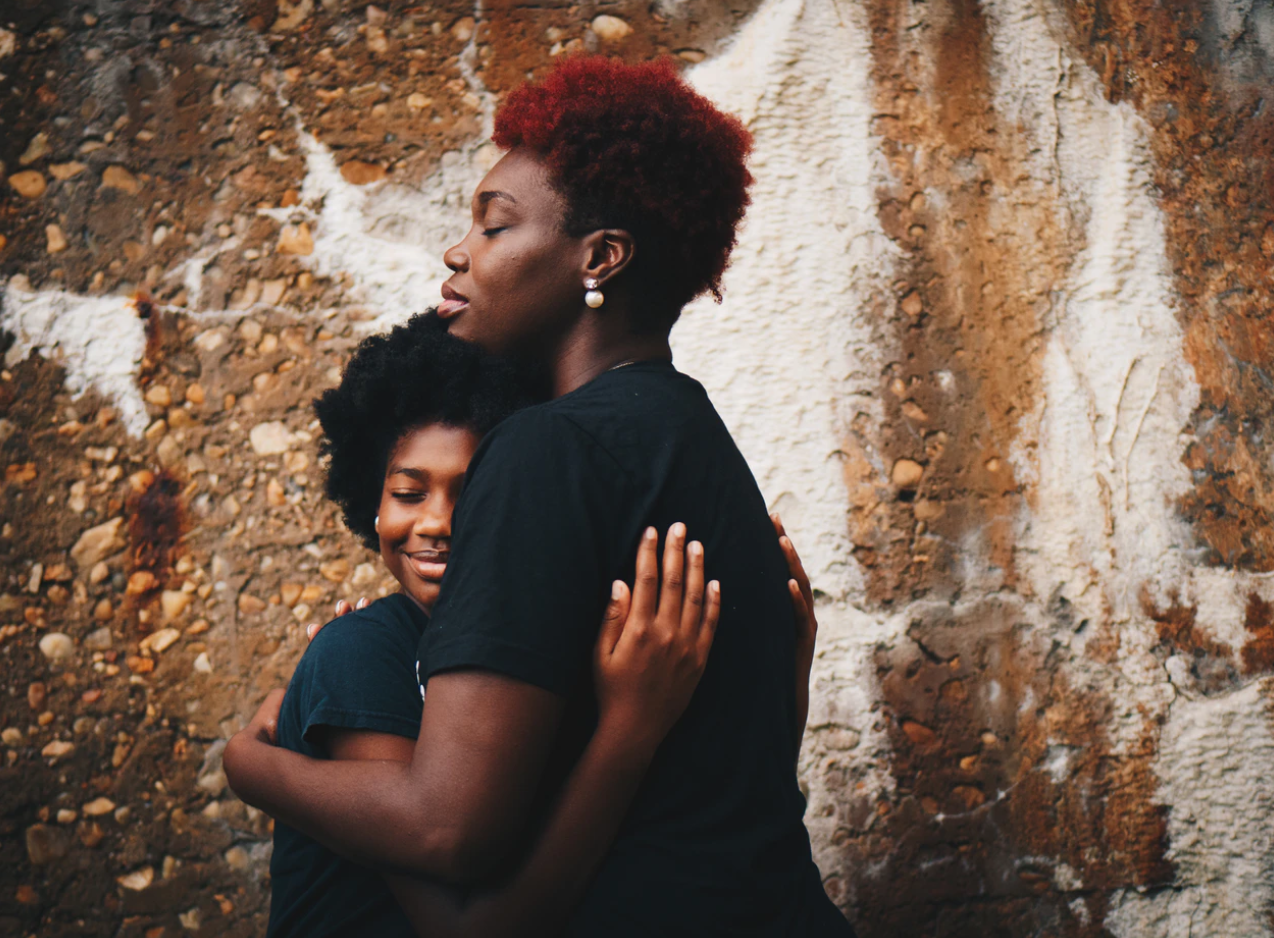
How to Encourage Mindfulness in Your Daughter
Mindfulness and mindful practices have been shown to have many beneficial effects—but they don’t happen on their own.
You’ve probably heard the term mindfulness. Mindfulness is used to describe the state of being completely present—aware of, attuned to, and curious about what’s happening around you, while avoiding being overwhelmed, thinking frantically, or reacting judgmentally.
In practice, mindfulness incorporates a variety of techniques that have been shown to improve focus and mood, help limit distraction, increase attention span, and reduce anxiety. Studies have shown students who practiced mindful meditation scored better on tests; mindfulness practices have been linked to a reduction in the symptoms of anxiety, stress, and even depression; and workplaces with mindful practices report happier and more productive employees. Mindful practices can provide simple mental and emotional tools to cope with external stressors and negative influences. Here’s how to begin incorporating mindful practices into your and your daughter’s life.
Find Resources—and Share them
Websites like Mindful.org, FreeMindfulness.org, and PocketMindfulness.com provide a variety of mindfulness resources for beginners and experts alike. Talk to your daughter about the information you find. Many people are skeptical of mindfulness if they aren’t familiar with it, so help her understand what it is. Discuss various techniques, and ask what she thinks might be most useful for her. If you involve her as a an equal in choosing the appropriate practices, she’ll feel more ownership when it comes to following through.
Breathe
Most mindful practices start with a focus on breathing. Similar to the old “take a few deep breaths to calm down” mantra, mindful breathing requires you to relax by focusing absolutely on the rhythm of your respiration, without distraction or other thought. It can be a way to quickly relieve tension and re-focus.
Meditate
Mindfulness meditation sounds simple: sit comfortably with good posture, close your eyes, focus on your breath, and when you notice your mind wandering, simply return it to focusing on your breath. In practice, it’s often difficult for those unused to the practice to maintain it for long. No worry: even periods of repeated meditation as short as five minutes have been shown to have beneficial effects on health and mood. Create a dedicated time in your family’s schedule for short meditation breaks (favorites include as part of a morning routine, or in the early afternoon when attention and energy often start to wane).
Keep a Journal
Keeping a daily journal is a popular method for creating sustained mindfulness. The journal can be as simple and unstructured as a way to reflect on each day. To add more structure, encourage your daughter to keep a “gratitude journal” that focuses only on the things for which she felt grateful, or list out mindful moments—times that she noticed herself practicing mindfulness during the day.
Use Apps
While generally technology use isn’t compatible with mindful practices, some apps specifically designed to aid relaxation or meditation can be useful, especially with teens. The Headspace app helps users practiced guided meditation, with prompts and quiet soundscapes. Other meditation apps, like Insight Timer, are simpler, while some, like Calm, focus on encouraging restful sleep.
Win Together
No matter what you do, remember that your daughter is watching you—and it’s always easier to accomplish something together rather than alone. To model mindful practices, decide on a routine that the two of you can adopt together, and support each other during your journey.



